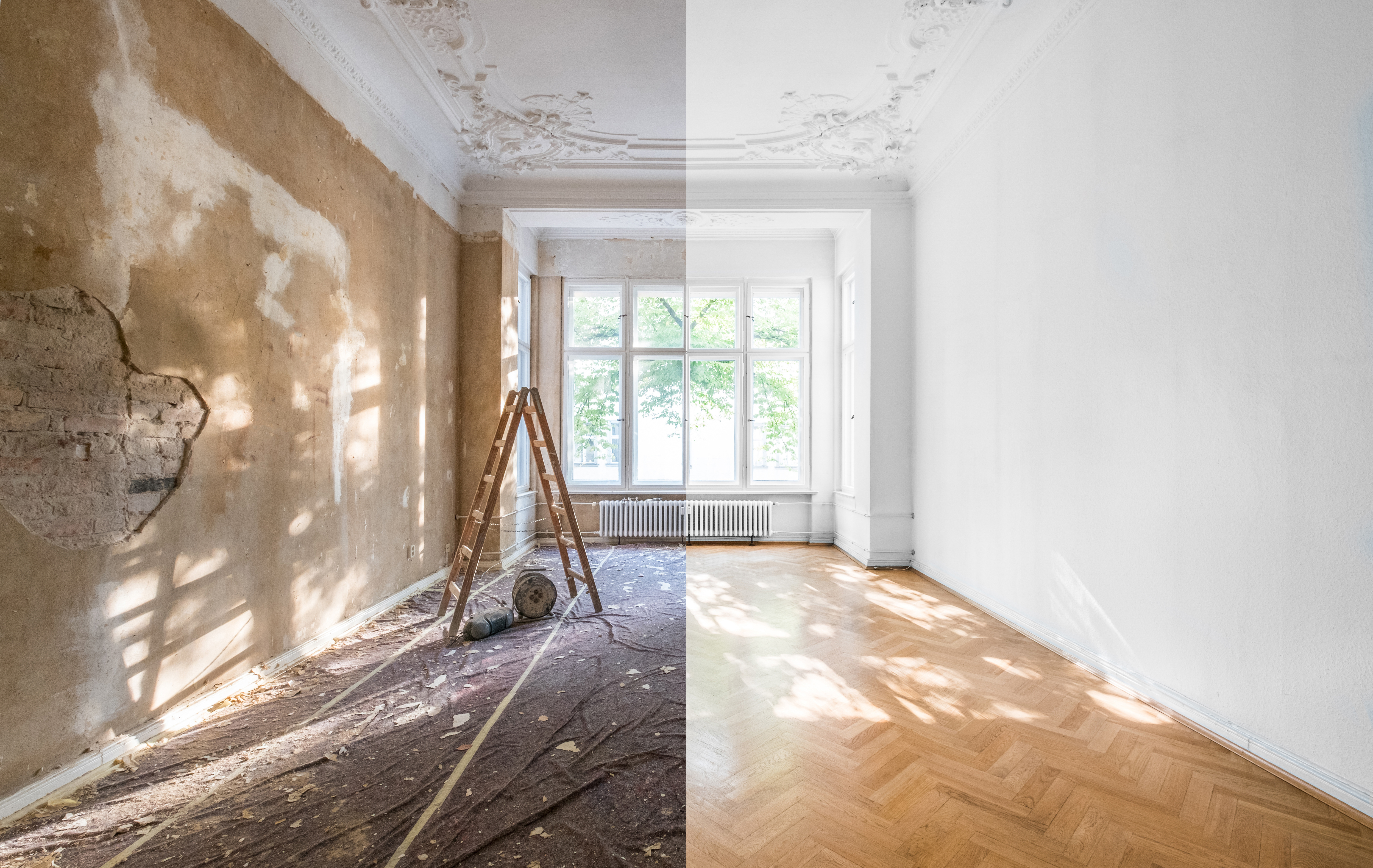You're looking to add value to your home. You're also conscious of the environment and want to be as green as possible. Can you do both and see a return on your investment? Let us show you how to make sustainable home improvements to start saving money and energy, and improve your home's value.
Energy Audit
Improving your home can be a great investment. Sustainable home improvements are even better, for you and the environment. But do you have all the information you need before you begin?
Start with a home energy audit.
You can learn things like:
- If you home leaks air, where the leaks are and the best ways to stop them
- If you have the right level and/or type of insulation
Proper weatherization is the best first step before moving on to the rest of your homes.
Sustainable home improvement ideas
Here's a list of ideas to get you started on your home improvement project.
- Tankless water heaters
You're probably at least a little familiar with your water heater.
It sits in the corner of the garage or basement, and gives you hot water when you want it. But did you know that it's constantly using energy? To maintain the temperature you've set, the water heater will cycle on and off.
If you happen to have an electric one, that can be a costly process over time.
You might consider a tankless or on-demand water heater. These high-efficiency heaters don't heat the water until you ask for it.
There are a few things to consider before switching to tankless, though.
Consumer Reports has a complete guide to choosing an efficient water heater that's right for your needs.
- Non-toxic carpet
You might not think of carpet as an energy efficiency measure. But it has another bonus in addition to making your toes comfy and reducing noise: Carpet can also help maintain air temp, from warmer in the winter to cooler in the summer.
If you're considering new flooring, check into non-toxic carpet. Like that new car smell, some new carpet can give off fumes that aren't good for you. VOCs (or volatile organic compounds) come from the latex that binds the carpet fibers to the backing.
It can take weeks for the fumes to go away— weeks that you and your family are breathing them in.
- Energy Star appliances
If you've been in a home improvement or appliance retailer, you likely recognize the Energy Star logo.
In order for a manufacturer to receive an Energy Star rating, they must meet certain guidelines. These guidelines are designed to save you energy and money.
For instance, a fridge that's over 10 years old can use up to twice the energy a new one does. Over time, that can add up to significant energy costs. And, if you've got an extra one in your garage, chances are it's older yet. Considering getting rid of it to save even more energy.
Contact your local utility, they may have a free appliance recycling program. Better yet, they may even have a rebate for your new appliance.
Check out Energy Star's calculator that shows you how much you can save.
For the outside of your home
Not every sustainable home improvement is on the inside of the house.
Here are ideas for the outside of your home.
- Energy efficient exterior doors
While door jamb draft stoppers are cute, they probably aren't doing enough.
Your conditioned air may be finding its way out along all the edges of your exterior doors. That means the heat is escaping in the winter (who wants that?). And, your AC might be working overtime in the summer.
There are a variety of styles to choose from that are energy efficient.
New doors have features like:
- Multi-paned glass
- Fit tighter to the frame
- Made from improved materials
Today's efficient options also include patio doors. The Department of Energy has all the info you need to pick the right door for your home.
- Solar panels
Solar panels have come a long way since their invention more than fifty years ago. If you're interested in solar panels, they are a great investment and a sustainable home improvement.
They're also listed last on this list for a reason. You should always complete an energy audit, and other efficiency improvements first. That way, your system will be the right size for your home's needs. A system too large can be a waste of money, and that's the last thing you want to do.
Bonus tips
- Lighting can be up to 20% of your energy bill. Replace bulbs with high-efficiency LEDs or CFLs.
- Low-flow showerheads save both water and energy. If you have a teenager at home, consider using a waterproof timer in the shower, too.
- Central AC and heating systems aren't cheap to replace. Keep yours in top shape with annual maintenance.
- Use compost bins! If you have flower beds or a garden, make your own fertilizer. Put a small compost bin outside to collect kitchen scraps that your flowers will love.
Final thoughts
You likely won't be making these improvements on your own. Finding a contractor you can trust is important. Another great resource is your real estate agent. They likely have someone they've worked with and can recommend!




